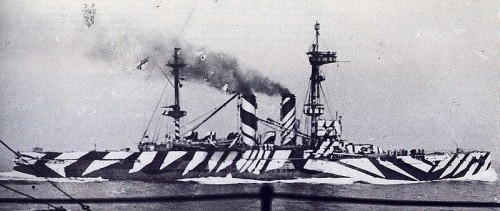MK 6 Mines in WWI
In an attempt to stop German U-boats, the Allied powers began to use underwater mines. They dropped thousands of MK 6 mines all over the North Sea, which is part of the Atlantic Ocean. The North Sea stretches between Great Britain, Scandinavia, Germany, the Netherlands, Belgium, and France. This vast mine field did much to dishearten the U-boat crews, and led to mutinies and finally the abandonment of the U-boat campaign in that area.
The MK 6 mines detonated when the metal hull of a ship or submarine brushed against a copper wire that extended above the mine. A battery inside the mine was given enough charge when the ship touched the antenna, for the antenna alone did not have the power to activate the battery. When the ship touched the antenna though the whole ship became the antenna. When the hull touched the wire it completed an electrical circuit that detonated the mine. The mines were packed with TNT.
After the war, a large scale mine sweeping operation began. The object of which was to rid the ocean of the thousands of still- unexploded mines. Many mines were destroyed through these operations but not all of them. Occasionally, even today, one of these old mines will blow up. They have even damaged or sunk a few ships.



